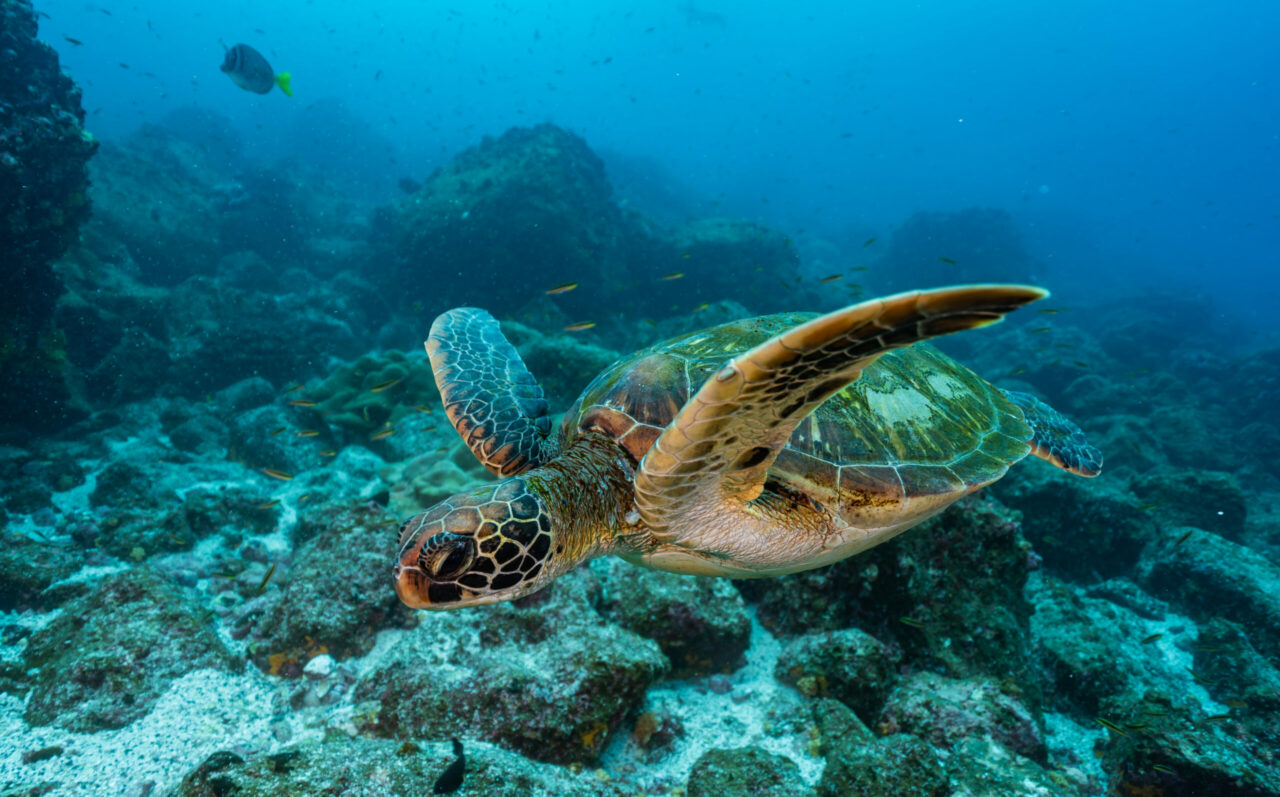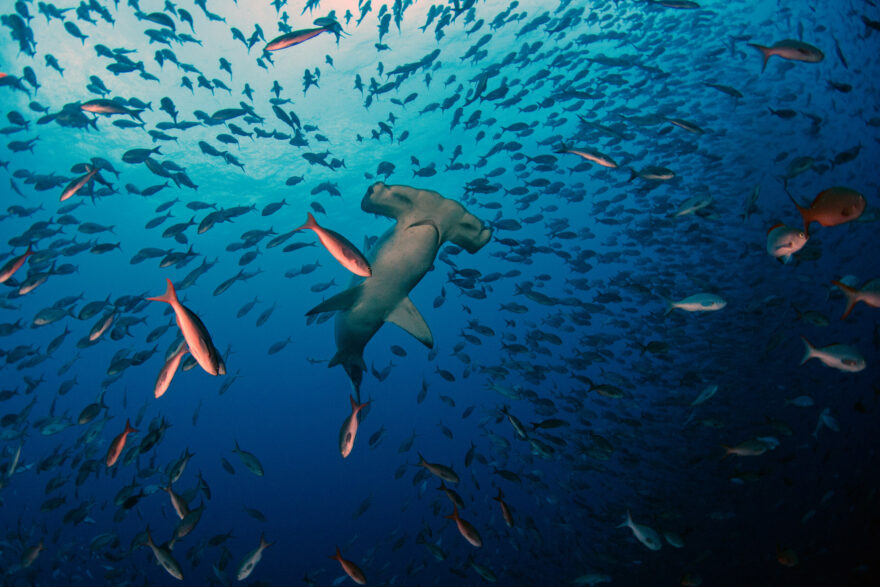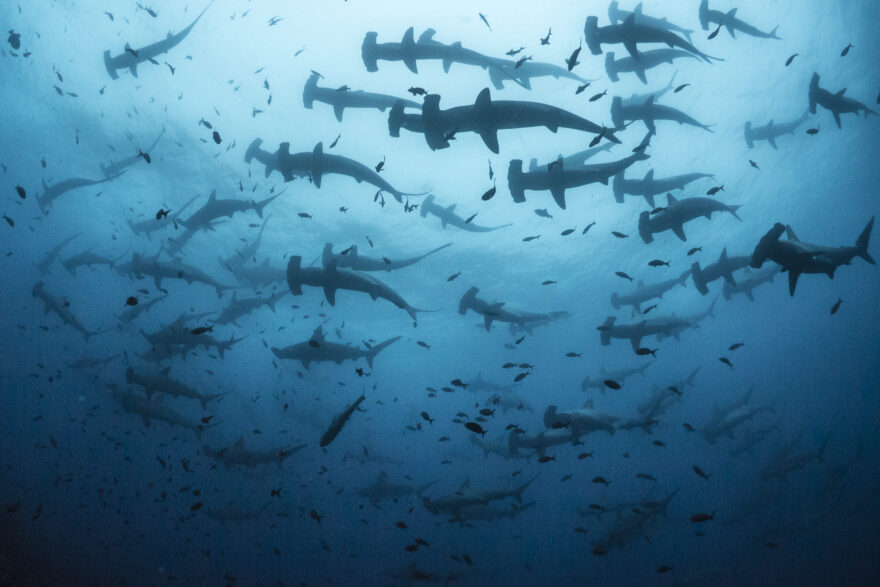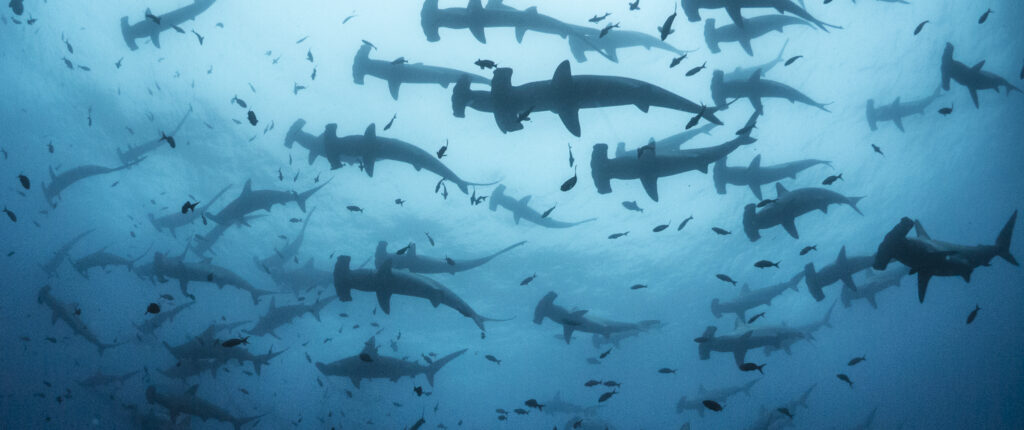
Ocean Protection Appeal
Our vision is of the seas around Galapagos free of pollution and full of life, but we need your help to tackle the interconnected threats of unsustainable fishing, plastic pollution and climate change.
2023: A crucial year for the seas around Galapagos
The Galapagos Marine Reserve is protected by the work of the Galapagos National Park Directorate and many ocean advocates, committed to defending this refuge for biodiversity. If you are lucky enough to have visited, you will have seen the turtles, dolphins, sea lions and penguins benefitting from this conservation.
Sadly, despite 25 years of protection, these animals remain vulnerable to threats that originate beyond the boundaries of the Marine Reserve, and on recent expeditions we have been bearing witness to some extremely upsetting things.
We are seeing seabirds such as flightless cormorants – a remarkable species found nowhere else on Earth – incorporating plastic waste that washes up on coastlines into their nests, threatening their chicks. We are also seeing disturbing results from our work tracking whale sharks, with satellite tags showing up in mainland Ecuador, evidence that these majestic animals continue to be caught by industrial fishing fleets operating on the fringes of the Galapagos Marine Reserve. And even within the relative safety of the Marine Reserve, we know that many species still face threats from illegal long-line fishing.
If these threats grow unchecked, we face the prospect of losing one of the last refuges for species such as the Critically Endangered scalloped hammerhead shark and the Endangered whale shark. And time is running out. Since the Galapagos Marine Reserve was first established 25 years ago, we have seen plastic production double globally, with 37 million tonnes of plastic waste predicted to enter the ocean every year by 2040. At the same time, the global appetite for seafood is booming, with some 200 tonnes harvested every year, fuelling vast industrial fishing fleets operating far from their home ports.
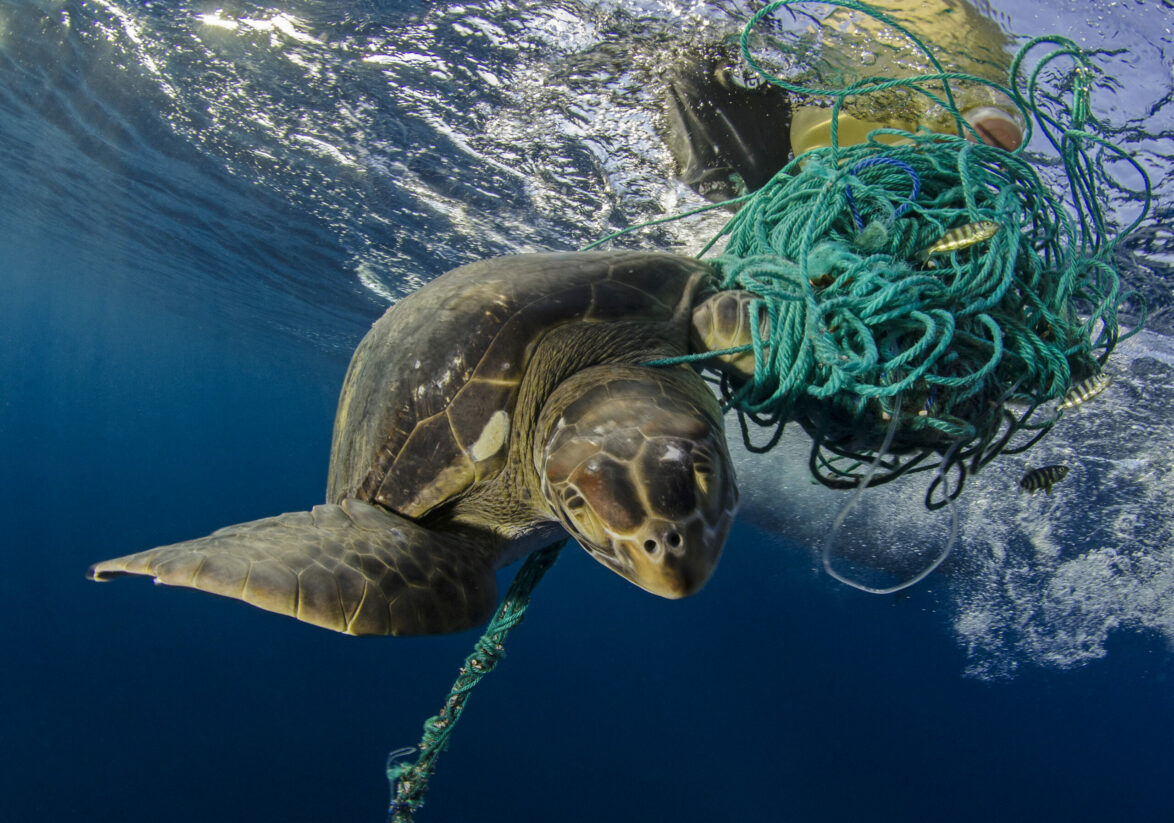
Plastic pollution is devastating marine ecosystems
With the generous help of supporters like you, GCT has been funding a number of tools to help monitor plastic pollution in Galapagos. This includes using drones to map out where plastic is accumulating along Galapagos coastlines and using oceanographic modelling to identify the main sources of plastic pollution and how it travels on ocean currents. We’ve already discovered that:
- Over 95% of plastic on Galapagos beaches probably originates from outside the Galapagos Marine Reserve
- Over 40% of plastic pollution on Galapagos coastlines is estimated to come from maritime sources (i.e. fisheries and waste dumped at sea) compared to only 20% worldwide
- 69% of plastic items found are single-use items
- Over 2,500 microplastics were found per m2 on the most polluted beaches in Galapagos
In 2024, world leaders are set to agree the first legally binding Global Plastics Treaty, which means it is vital that we step up our research into the toll that plastic pollution is inflicting on marine species in Galapagos and present our findings on the global stage, catalysing action to reduce the threat. Evidence gathered through our plastic surveys will help develop solutions to reduce plastic leakage and also inform the National Park’s species management plans, helping them to target plastic clean-ups where they are needed most.
Your donation of £25 could help us fill vital knowledge gaps on plastic risks to wildlife such as flightless cormorant chicks, providing evidence to the Global Plastics Treaty negotiating committee

100 m
sharks harvested globally by humans every year
52 %
of Galapagos marine invertebrates sampled contain microplastics
40 %
of plastic pollution in Galapagos comes from maritime sources
18.9 %
of Ecuador's waters are currently protected
Sharks need more protection across their lifecycles, from mangrove nurseries…
Sharks are deliberately targeted by fishing vessels in the waters around Galapagos, harvested for their fins to fulfil the demand for shark fin soup in Asia, and they are also caught accidentally as ‘bycatch’ by vessels fishing for other species such as tuna. The Galapagos Marine Reserve is one of the few places on Earth where scalloped hammerhead sharks can be seen gathering in large schools of up to several hundred, but this species is now considered Critically Endangered, making it a conservation priority. We know that mangrove habitats are essential for hammerheads and we are supporting local researchers at the Galapagos Science Center to investigate how they can be better protected, including from fishing and tourism activities.
Your donation of £50 could help fund an acoustic tag to track a baby shark through its first vulnerable months
… to the open seas
It is just over a year since the creation of the new 60,000km2 Hermandad Marine Reserve, which increased Ecuador’s ocean protection from 13% to 19%, a significant step towards the global goal of 30% by the year 2030. Years of research funded by GCT are now leading to stronger protections for marine species such as rays, turtles and sharks, but we need to continue demonstrating the importance of Marine Protected Areas and make the case for Ecuador to protect 30% of its oceans by 2030. Species such as hammerheads and whale sharks are migratory, and once they leave the protection of the existing marine reserves, they are highly vulnerable to fishing activity. It is vital that we continue our work tracking migratory species and studying the health of their populations to encourage future ocean protection.
Your donation of £75 could help fund an underwater video shark survey providing vital evidence to support the creation of more Marine Protected Areas around Galapagos
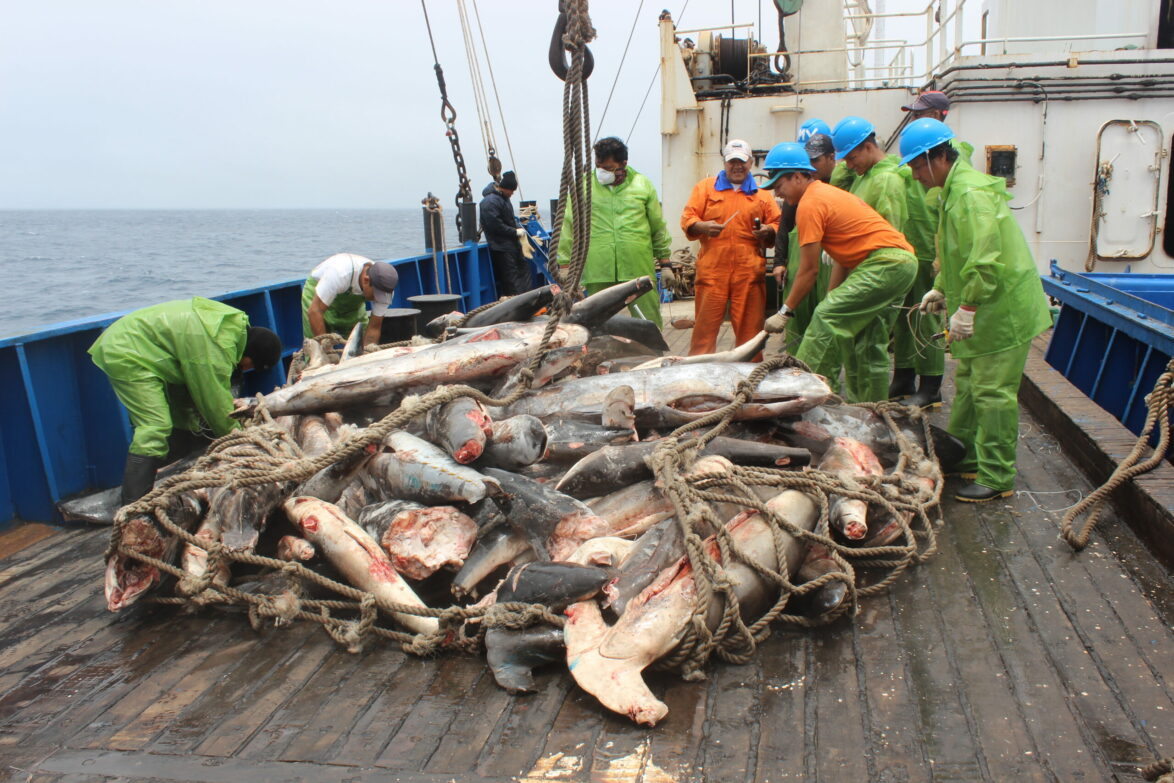
Supporting future ocean protection
Inspiring the next generation of ocean conservationists on the Islands is the vocation of local shark researchers Dr Diana Pazmiño and Sofía Green. Together we aim to support a branch of the ‘Gills Club’ (an ocean conservation group for girls aged 9 – 13 years) on San Cristobal and Santa Cruz islands, to teach local girls about ocean conservation and to connect them with inspirational local women in science.
Your donation of £150 could help fund a once-in-a-lifetime experience for a local girl in the Gills Club to experience the ocean
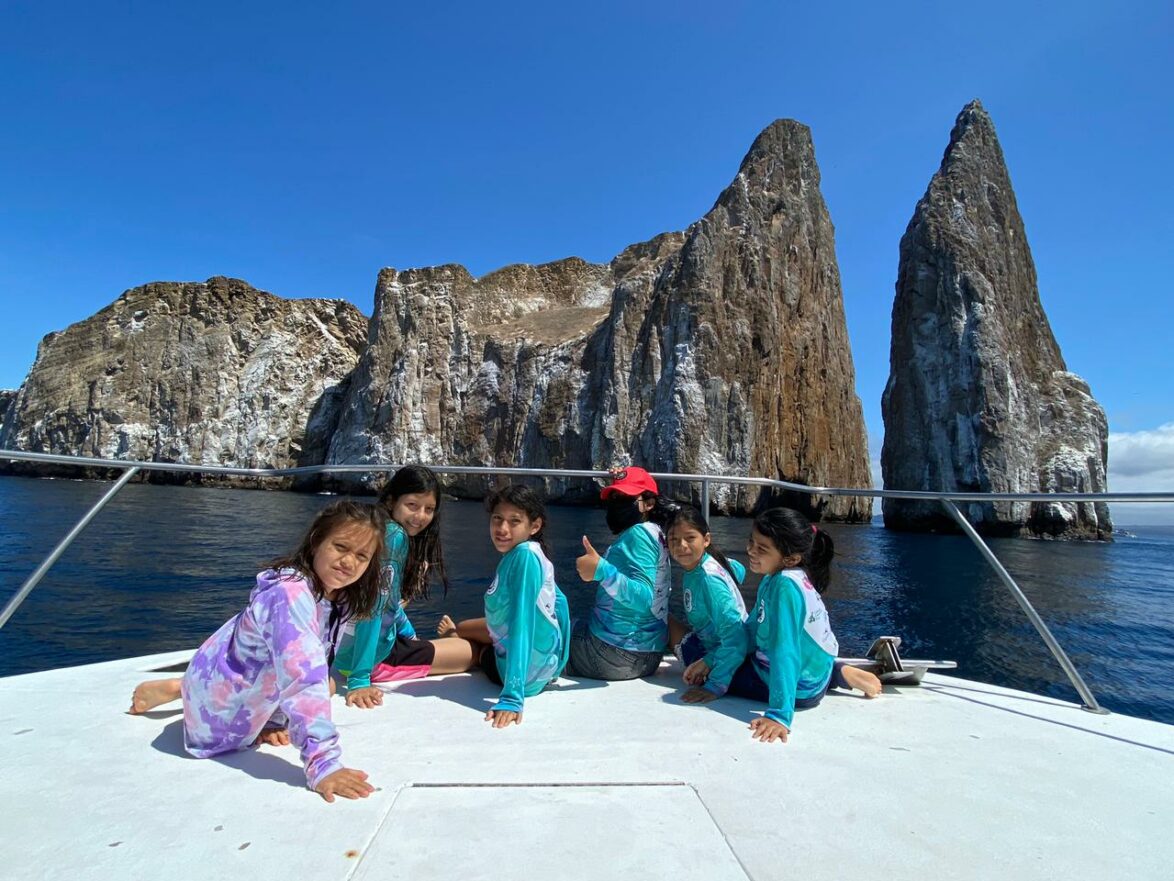
* Your donation may also be used to support other GCT activities.
